BYD Seal vs Mercedes EQA – Which one offers the better deal?
Costs and Efficiency:
Looking at overall running costs, both models reveal some interesting differences in everyday economy.
BYD Seal has a minimal advantage in terms of price – it starts at 40300 £, while the Mercedes EQA costs 44200 £. That’s a price difference of around 3960 £.
In terms of energy consumption, the advantage goes to the Mercedes EQA: with 14.40 kWh per 100 km, it’s hardly perceptible more efficient than the BYD Seal with 15.40 kWh. That’s a difference of about 1 kWh.
As for range, the BYD Seal performs barely noticeable better – achieving up to 570 km, about 9 km more than the Mercedes EQA.
Engine and Performance:
Power, torque and acceleration say a lot about how a car feels on the road. This is where you see which model delivers more driving dynamics.
When it comes to engine power, the BYD Seal has a significantly edge – offering 530 HP compared to 292 HP. That’s roughly 238 HP more horsepower.
In acceleration from 0 to 100 km/h, the BYD Seal is clearly quicker – completing the sprint in 3.80 s, while the Mercedes EQA takes 6 s. That’s about 2.20 s faster.
In terms of top speed, the BYD Seal performs clearly perceptible better – reaching 220 km/h, while the Mercedes EQA tops out at 160 km/h. The difference is around 60 km/h.
There’s also a difference in torque: BYD Seal pulls noticeable stronger with 670 Nm compared to 520 Nm. That’s about 150 Nm difference.
Space and Everyday Use:
Beyond pure performance, interior space and usability matter most in daily life. This is where you see which car is more practical and versatile.
Both vehicles offer seating for 5 people.
In curb weight, BYD Seal is slight lighter – 1907 kg compared to 2045 kg. The difference is around 138 kg.
In terms of boot space, the BYD Seal offers somewhat more room – 400 L compared to 340 L. That’s a difference of about 60 L.
When it comes to payload, BYD Seal to a small extent takes the win – 473 kg compared to 425 kg. That’s a difference of about 48 kg.
Who wins the race?
The BYD Seal proves to be wins the duel decisively and therefore becomes our DriveDuel Champion!
BYD Seal is the better all-rounder in this comparison.
Costs and Consumption
View detailed analysis
Engine and Performance
View detailed analysis
Dimensions and Body
View detailed analysis
 @ BYD Auto / BYD Global Media
@ BYD Auto / BYD Global Media
BYD Seal
BYD Seal
The BYD Seal is a sleek electric fastback that punches above its class with sporty looks and a surprisingly premium cabin, offering a very modern alternative for buyers who want style and substance without the badge snobbery. On the road it feels composed and eager, packed with tech and everyday practicality—ideal for shoppers after eco-friendly performance with a cheeky wink.
details @ BYD Auto / BYD Global Media
@ BYD Auto / BYD Global Media
 @ BYD Auto / BYD Global Media
@ BYD Auto / BYD Global Media
 @ BYD Auto / BYD Global Media
@ BYD Auto / BYD Global Media
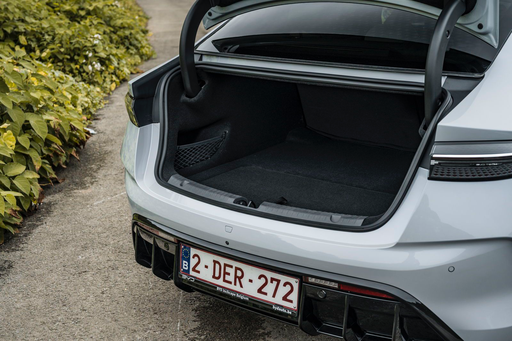 @ BYD Auto / BYD Global Media
@ BYD Auto / BYD Global Media
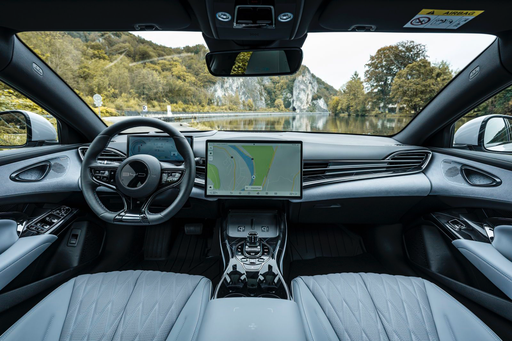 @ BYD Auto / BYD Global Media
@ BYD Auto / BYD Global Media
Mercedes EQA
The Mercedes EQA slips into the electric crossover ranks with the brand’s familiar luxury polish, offering a quiet, fuss-free drive that feels perfectly at home in the city or on a country escape. Inside it’s neatly finished and tech-forward, projecting grown-up refinement even if it plays things a bit safe for anyone chasing outright excitement.
details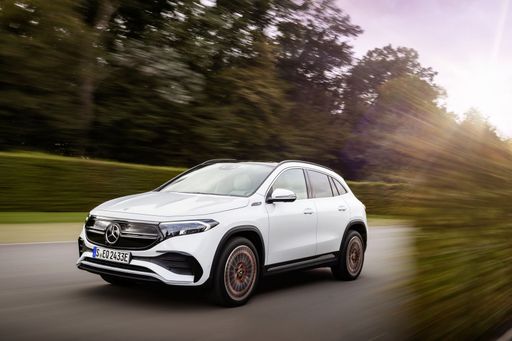 @ Mercedes-Benz Group Media
@ Mercedes-Benz Group Media
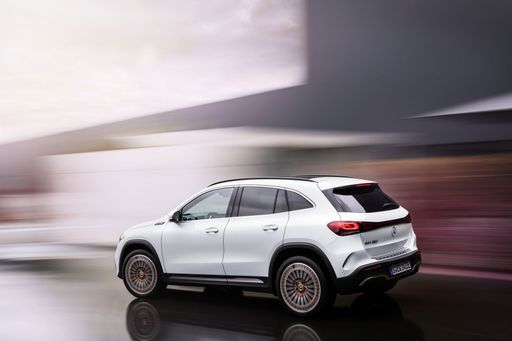 @ Mercedes-Benz Group Media
@ Mercedes-Benz Group Media
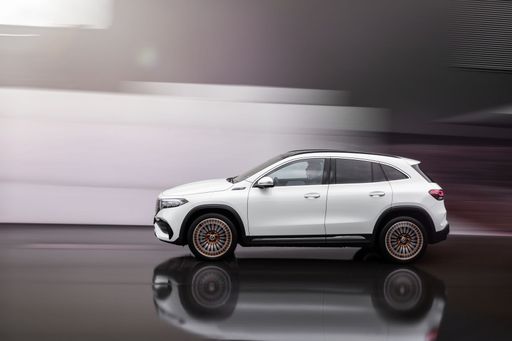 @ Mercedes-Benz Group Media
@ Mercedes-Benz Group Media
 @ Mercedes-Benz Group Media
@ Mercedes-Benz Group Media
 @ BYD Auto / BYD Global Media
@ BYD Auto / BYD Global Media
|
 @ Mercedes-Benz Group Media
@ Mercedes-Benz Group Media
|
|
|
|
Costs and Consumption |
|
|---|---|
|
Price
40300 - 45400 £
|
Price
44200 - 57400 £
|
|
Consumption L/100km
-
|
Consumption L/100km
-
|
|
Consumption kWh/100km
15.4 - 18.2 kWh
|
Consumption kWh/100km
14.4 - 16.9 kWh
|
|
Electric Range
460 - 570 km
|
Electric Range
476 - 561 km
|
|
Battery Capacity
-
|
Battery Capacity
70.50 kWh
|
|
co2
0 g/km
|
co2
0 g/km
|
|
Fuel tank capacity
-
|
Fuel tank capacity
-
|
Dimensions and Body |
|
|---|---|
|
Body Type
Sedan
|
Body Type
SUV
|
|
Seats
5
|
Seats
5
|
|
Doors
4
|
Doors
5
|
|
Curb weight
1907 - 2185 kg
|
Curb weight
2045 - 2115 kg
|
|
Trunk capacity
400 L
|
Trunk capacity
340 L
|
|
Length
4800 mm
|
Length
4463 mm
|
|
Width
1875 mm
|
Width
1834 mm
|
|
Height
1460 mm
|
Height
1608 - 1613 mm
|
|
Max trunk capacity
-
|
Max trunk capacity
1320 L
|
|
Payload
446 - 473 kg
|
Payload
425 kg
|
Engine and Performance |
|
|---|---|
|
Engine Type
Electric
|
Engine Type
Electric
|
|
Transmission
Automatic
|
Transmission
Automatic
|
|
Transmission Detail
Reduction Gearbox
|
Transmission Detail
Reduction Gearbox
|
|
Drive Type
Rear-Wheel Drive, All-Wheel Drive
|
Drive Type
Front-Wheel Drive, All-Wheel Drive
|
|
Power HP
231 - 530 HP
|
Power HP
190 - 292 HP
|
|
Acceleration 0-100km/h
3.8 - 7.5 s
|
Acceleration 0-100km/h
6 - 8.6 s
|
|
Max Speed
180 - 220 km/h
|
Max Speed
160 km/h
|
|
Torque
360 - 670 Nm
|
Torque
385 - 520 Nm
|
|
Number of Cylinders
-
|
Number of Cylinders
-
|
|
Power kW
170 - 390 kW
|
Power kW
140 - 215 kW
|
|
Engine capacity
-
|
Engine capacity
-
|
General |
|
|---|---|
|
Model Year
2023 - 2025
|
Model Year
2024 - 2025
|
|
CO2 Efficiency Class
A
|
CO2 Efficiency Class
A
|
|
Brand
BYD
|
Brand
Mercedes-Benz
|
What drive types are available for the BYD Seal?
The BYD Seal is available as Rear-Wheel Drive or All-Wheel Drive.
The prices and data displayed are estimates based on German list prices and may vary by country. This information is not legally binding.
